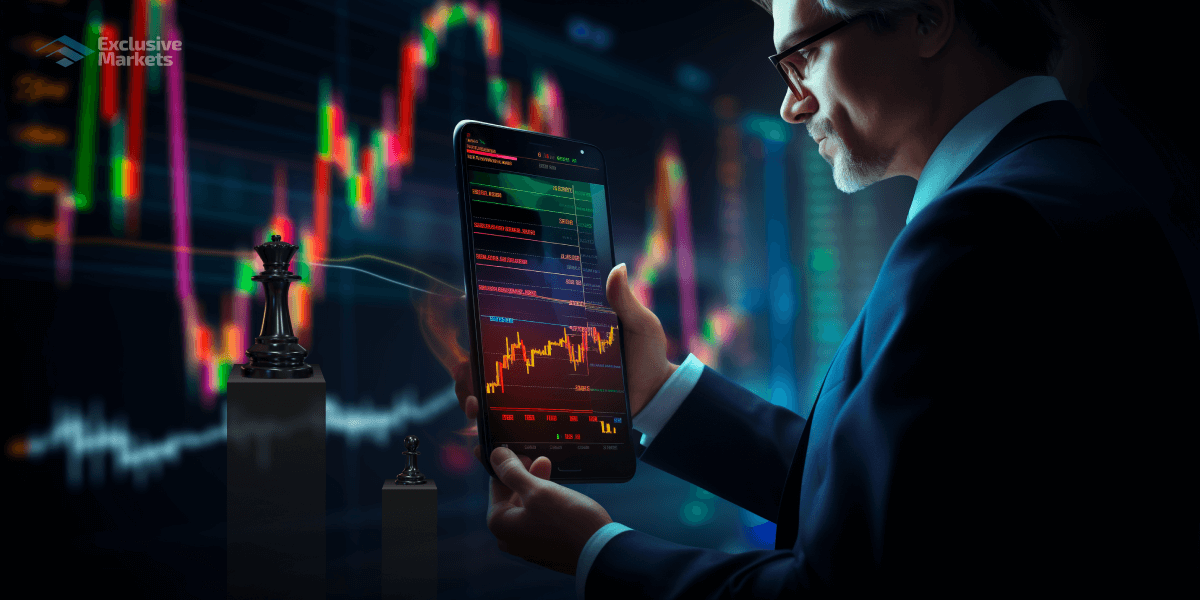
Forex trading, also known as foreign exchange trading, is the act of buying and selling currencies in the foreign exchange market. It is one of the most liquid financial markets in the world, where trillions of dollars are traded daily. Knowledge and strategy are paramount for anyone seeking to navigate this complex and dynamic market. Whether you’re a novice or an experienced trader, forex trading education exglobal.pk provides insight and resources that can enhance your trading skills and understanding.
The Basics of Forex Trading
Before delving into the strategies and tips for successful Forex trading, it is important to understand some basic concepts. The Forex market operates on a decentralized global platform, trading 24 hours a day except weekends. Currencies are traded in pairs (e.g., EUR/USD), reflecting their value against one another. The first currency is known as the base currency, while the second is the quote currency. Understanding this structure is critical, as it provides the basis for all trades.
Understanding Currency Pairs
Currency pairs are categorized as major, minor, and exotic pairs. Major pairs include the most traded currencies, such as the US dollar, euro, and Japanese yen. Minor pairs involve currencies that are less commonly exchanged, while exotic pairs involve one major currency and one currency from a developing economy. An understanding of these categories can help traders identify opportunities based on market conditions, liquidity, and volatility.
Key Trading Terminology
The world of Forex trading comes with its own terminology that every trader should know. Here are some key terms:
- Pip: The smallest price move in an exchange rate. For most pairs, it is typically 0.0001.
- Spread: The difference between the bid price and the ask price.
- Leverage: Allows traders to control larger positions than the capital they have. While this can enhance profits, it also increases risk.
- Margin: The amount of money required to open a leveraged position.
Types of Analysis
Forex traders primarily use three types of analysis to make informed trading decisions: fundamental analysis, technical analysis, and sentiment analysis.
Fundamental Analysis
This method focuses on economic indicators, interest rates, and geopolitical events that affect currency values. Traders analyze reports such as GDP growth rates, employment figures, and inflation data to foresee potential market movements.
Technical Analysis

Technical analysis centers on price charts and historical data to forecast future price movements. It involves the use of indicators, patterns, and trend analysis. Tools such as moving averages, MACD, and Bollinger Bands help traders identify potential entry and exit points.
Sentiment Analysis
Sentiment analysis gauges the mood of the market, assessing whether traders are bullish or bearish on a particular currency. This type of analysis can be beneficial for understanding broader market trends and potential reversals.
Developing a Trading Strategy
Having a well-defined trading strategy is crucial for success in Forex trading. A solid trading plan should outline your trading goals, risk tolerance, and specific entry and exit strategies. Here are some elements to consider:
- Set Clear Goals: Decide what you want to achieve, whether it’s short-term gains, long-term investments, or a supplementary income.
- Risk Management: Determine how much risk you are willing to take on each trade. Establish stop-loss and take-profit levels to manage your risk effectively.
- Choose a Trading Style: Decide whether you will be a day trader, swing trader, or position trader. Each style has its own time commitment and strategies.
Practicing with a Demo Account
Before risking real capital, it is advisable for new traders to practice on a demo account. Most Forex brokers offer this option, allowing users to trade with virtual money. This experience provides an opportunity to test strategies, understand the trading platform, and get a feel for the market without financial risk.
Utilizing Trading Tools and Resources
There are numerous resources and tools available for Forex traders, including charting software, trading signals, economic calendars, and educational webinars. Utilizing these tools can help enhance your trading effectiveness. Some popular trading platforms include MetaTrader 4, MetaTrader 5, and TradingView, which offer various features tailored to both novice and experienced traders.
Continuous Learning and Adaptation
The Forex market is constantly changing, influenced by various factors including economic data, political events, and market sentiment. Successful traders commit to continuous learning and adaptation. Engaging in Forex trading communities, forums, or social media platforms can provide valuable insights and updates that might impact your trades.
Conclusion
Forex trading can be both rewarding and challenging. With the right education, tools, and mindset, traders can position themselves for success in the ever-evolving market landscape. The key is to remain patient, disciplined, and committed to learning. As you embark on this trading journey, always remember that knowledge is power in the trading world.
For more resources on Forex trading, including strategies, tips, and up-to-date market analysis, visit educational platforms and stay informed. Every journey begins with a single step, and in Forex trading, that step is acquiring the knowledge necessary to trade wisely.
